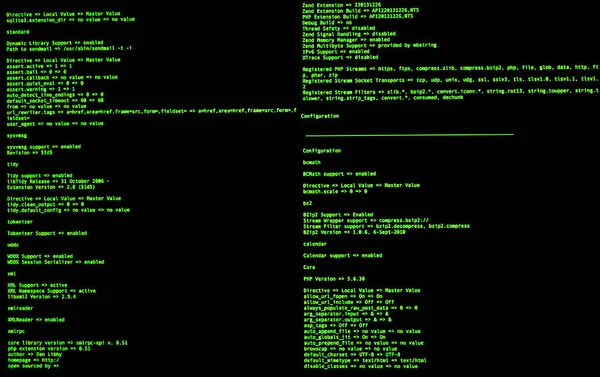The UNIX operating system has been a foundation for modern computing since the 1970s, providing stability, flexibility, and security. For crypto enthusiasts and blockchain developers, understanding UNIX is not just an advantage—it’s a necessity. Whether you’re managing nodes, deploying smart contracts, or securing private keys, UNIX-based systems offer an efficient and powerful environment for crypto-related tasks.
This article covers the fundamentals of UNIX and its relevance in the crypto space, including its benefits, essential commands, and practical use cases.
Why UNIX for Crypto Projects?
Most blockchain and crypto infrastructures operate on UNIX-based systems, such as Linux, macOS, and BSD. Here’s why:
- Security & Stability – UNIX systems are known for their robust security model, essential for protecting wallets, nodes, and smart contract environments.
- Efficiency – Command-line utilities in UNIX allow for automated tasks, reducing manual errors and improving efficiency.
- Open Source & Customization – Linux, one of the most popular UNIX-like systems, is open-source, making it ideal for running decentralized applications (DApps) and full nodes.
- Scalability – UNIX systems can efficiently handle large-scale blockchain networks, making them a preferred choice for managing mining farms and validator nodes.
Key UNIX Components for Crypto Enthusiasts
1. Command Line Interface (CLI)
Unlike Windows, where most interactions are GUI-based, UNIX relies on the command line. The CLI provides:
- Faster execution of tasks
- Scripting capabilities for automation
- Remote access through SSH for managing remote blockchain nodes
Essential UNIX Commands for Crypto:
| Command | Description | Use Case in Crypto |
|---|---|---|
ls |
List files and directories | Checking stored wallet files |
cd |
Change directory | Navigating to a node’s configuration folder |
pwd |
Print working directory | Finding your current location in the filesystem |
cp |
Copy files | Backing up wallet.dat |
mv |
Move/rename files | Organizing blockchain data files |
rm |
Remove files | Deleting old logs to free space |
chmod |
Change file permissions | Securing private keys from unauthorized access |
chown |
Change file owner | Assigning correct ownership for security purposes |
grep |
Search text in files | Filtering logs for transaction details |
tail -f |
View real-time log updates | Monitoring blockchain node synchronization |
Deploying Crypto Nodes on UNIX
Running a full node is a critical aspect of decentralization. Here’s a step-by-step guide to deploying a blockchain node on a UNIX system.
